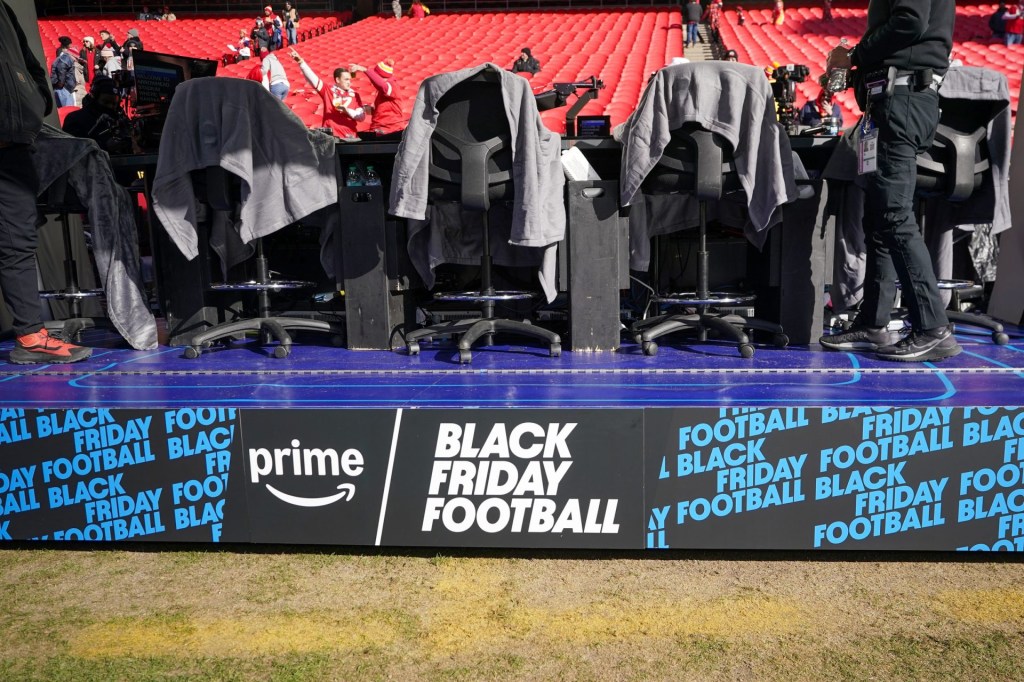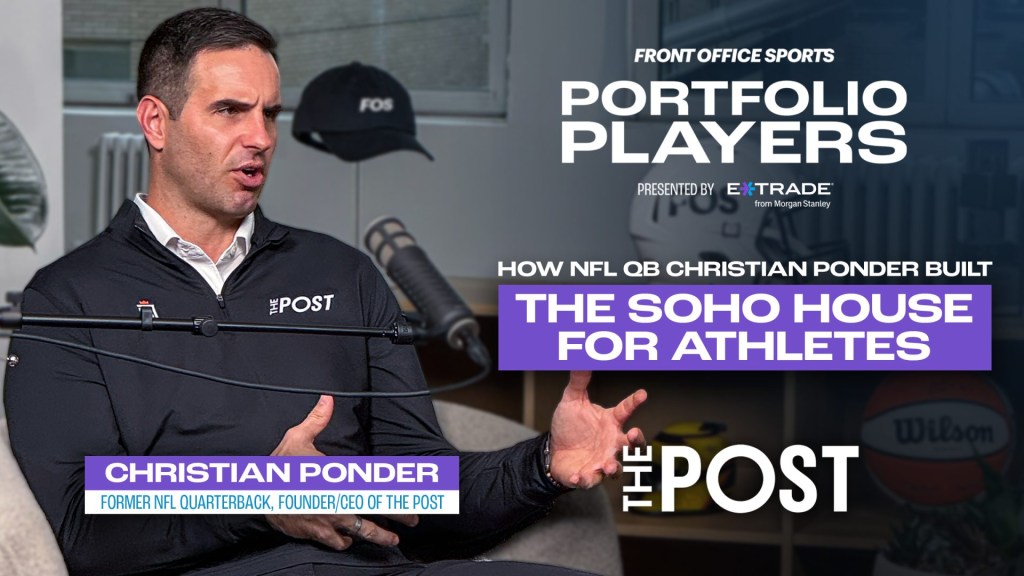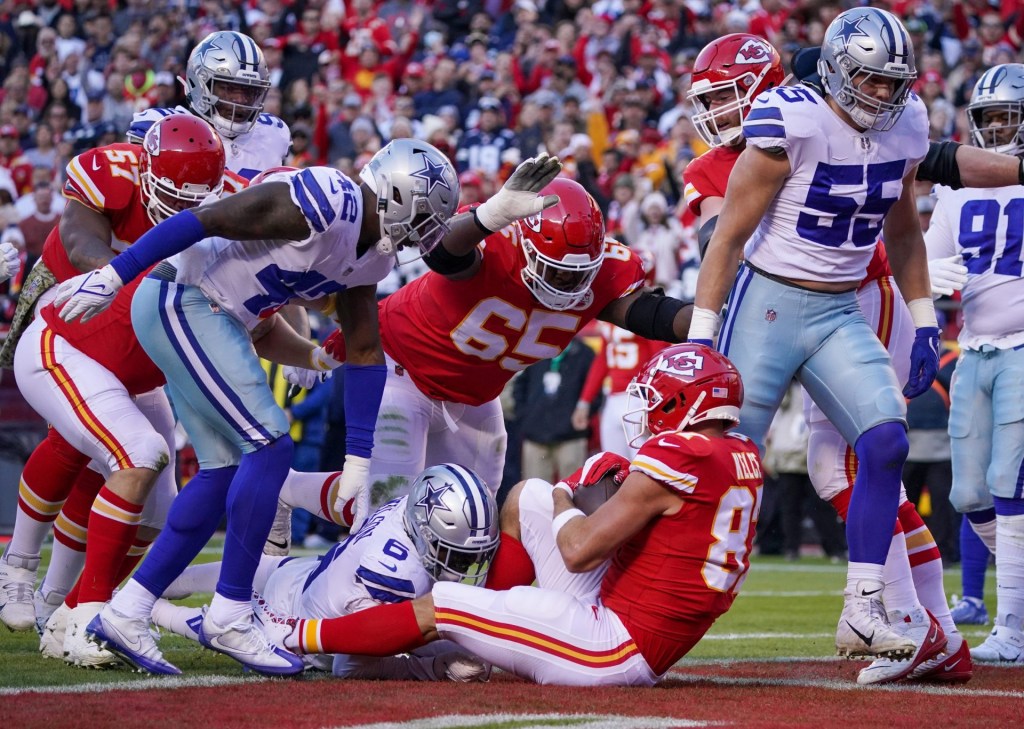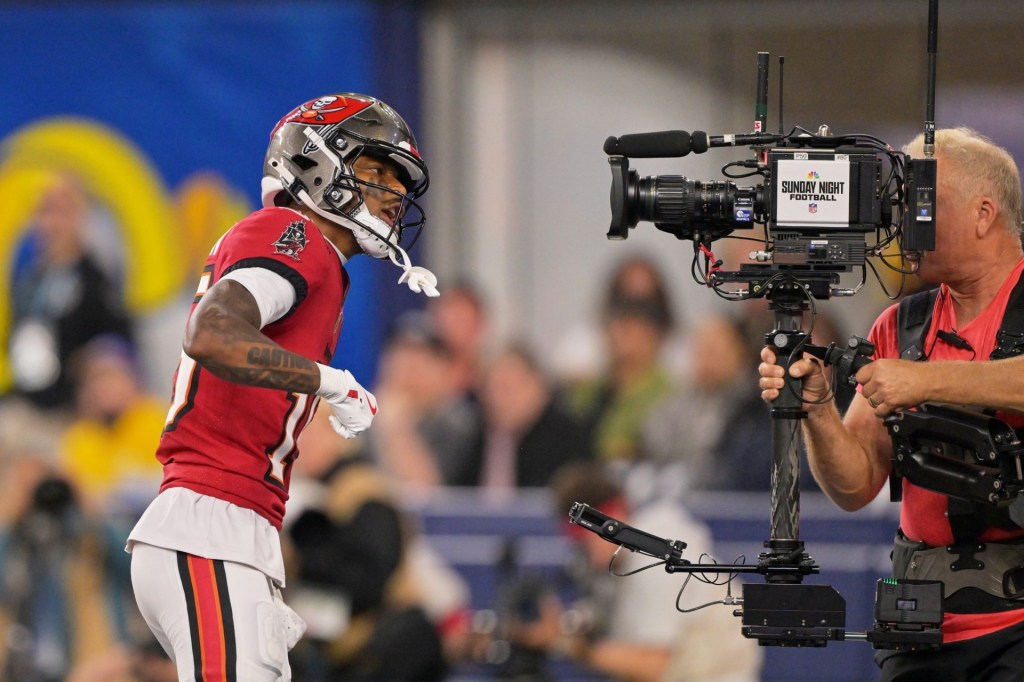As younger generations continue to gain disposable income, their viewing habits of live sports content will drive a revolution in the rights market, according to a new report.
The Future of Recreation, Travel, and Hospitality (FORTH) report — the fifth in Delaware North’s Future Of series — predicts that the value of short-form video content will overtake the live-rights market by 2030.
In other words, in eight years time, it could be more expensive to buy the rights for short-form video content — such as social media clips — than it will be to buy the rights to the live broadcasts of the events themselves.
“Only a small percentage of Gen Z — and an even smaller proportion of Gen Alpha — will watch a three-hour live sporting event, preferring video highlights on YouTube, TikTok and other outlets, usually curated by social media stars,” the report states.
As such, decision-makers in the industry will have to begin valuing ownership of these “bite-sized elements” over that of live content.
The next generation of decision-makers is millennials, who aren’t Gen Z or Alpha, but are closer in age and viewing habits to them than baby boomers or Generation X are. Millennials will also be in charge of the money, per the report.
“Over the next 10 years, our researchers reckon that there’s going to be a $68 trillion transfer of wealth between those generations,” Delaware North CMO Todd Merry told Front Office Sports. “Millennials would be five times wealthier by 2030.”
These predictions are already beginning to manifest themselves: Excluding the last two pandemic-affected series, the first game of the 2022 NBA Finals was the least-watched Game 1 broadcast in 15 years.
However, the transition won’t be instantaneous and it’s likely that the live-rights market will be able to salvage itself by latching on to the short-form rights.
“It’s a complex issue, because you might have to buy the live rights to own the short form rights,” says Merry. “So they are gonna be linked, I think, for a long while.”
The Future Of series of reports has a history of robust predictions: The first two editions in 2015 and 2016 — focused on sports — correctly predicted the rise of esports, legalized sports betting in the United States, and a pronounced move to live streaming.

















